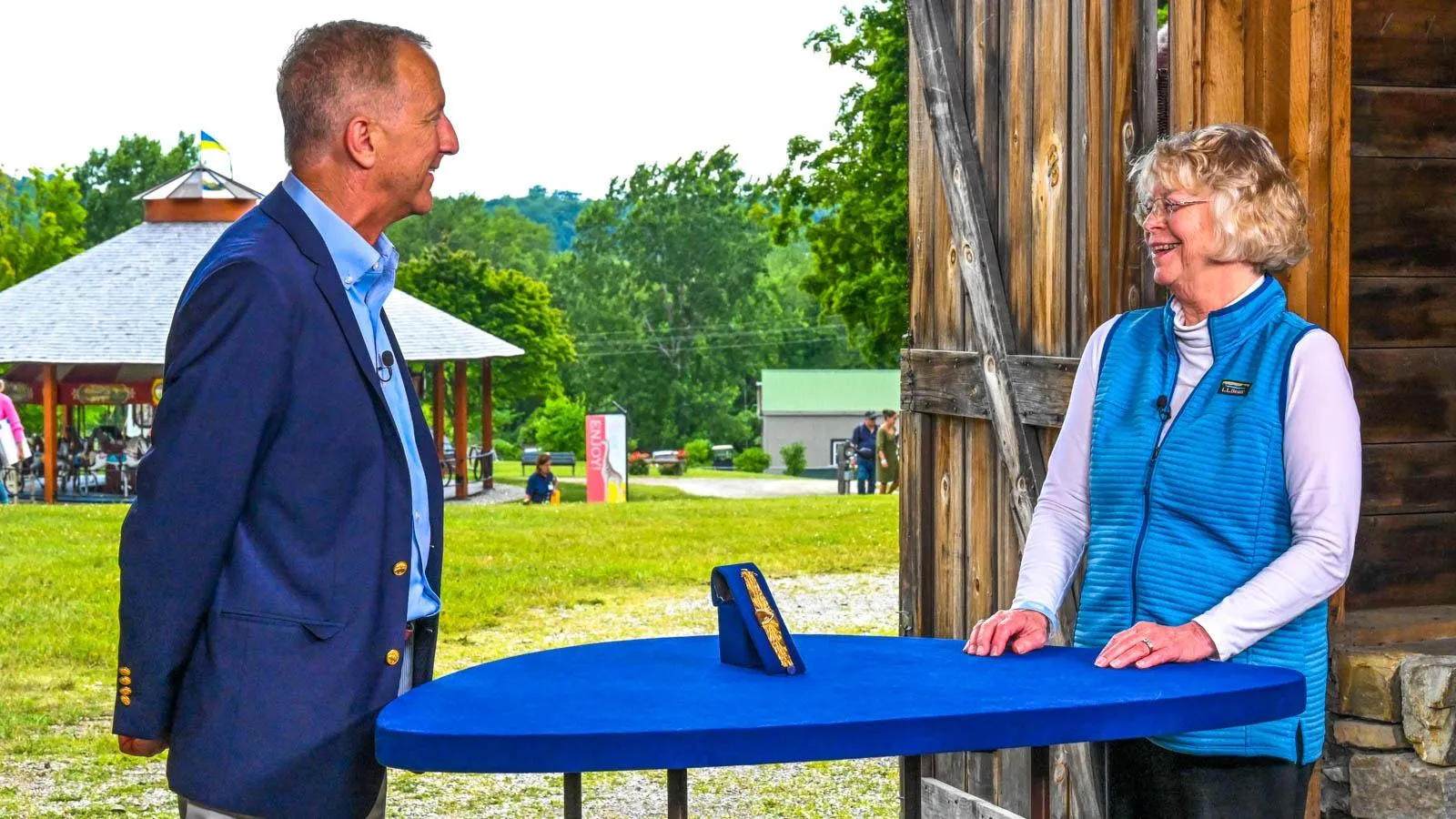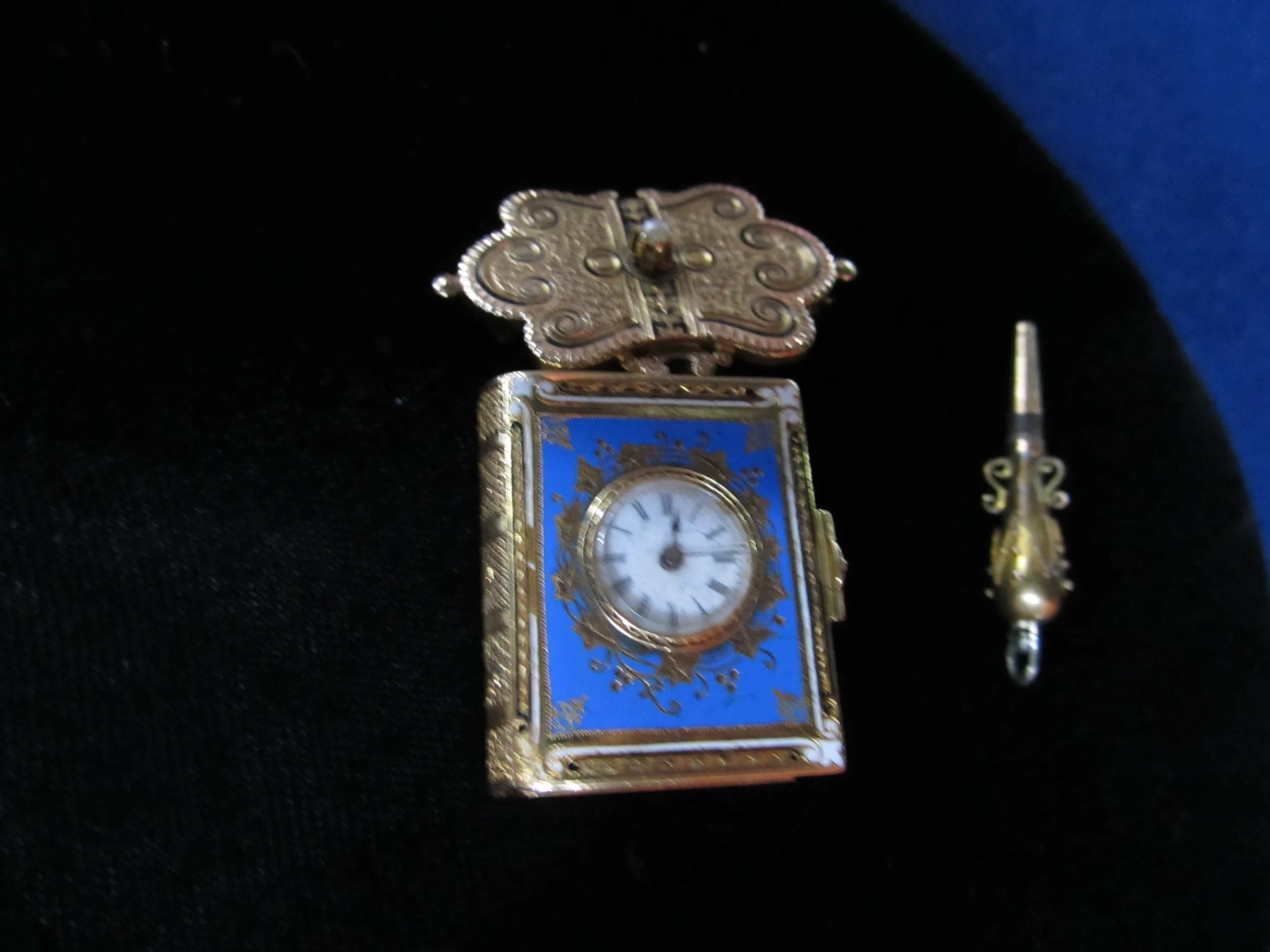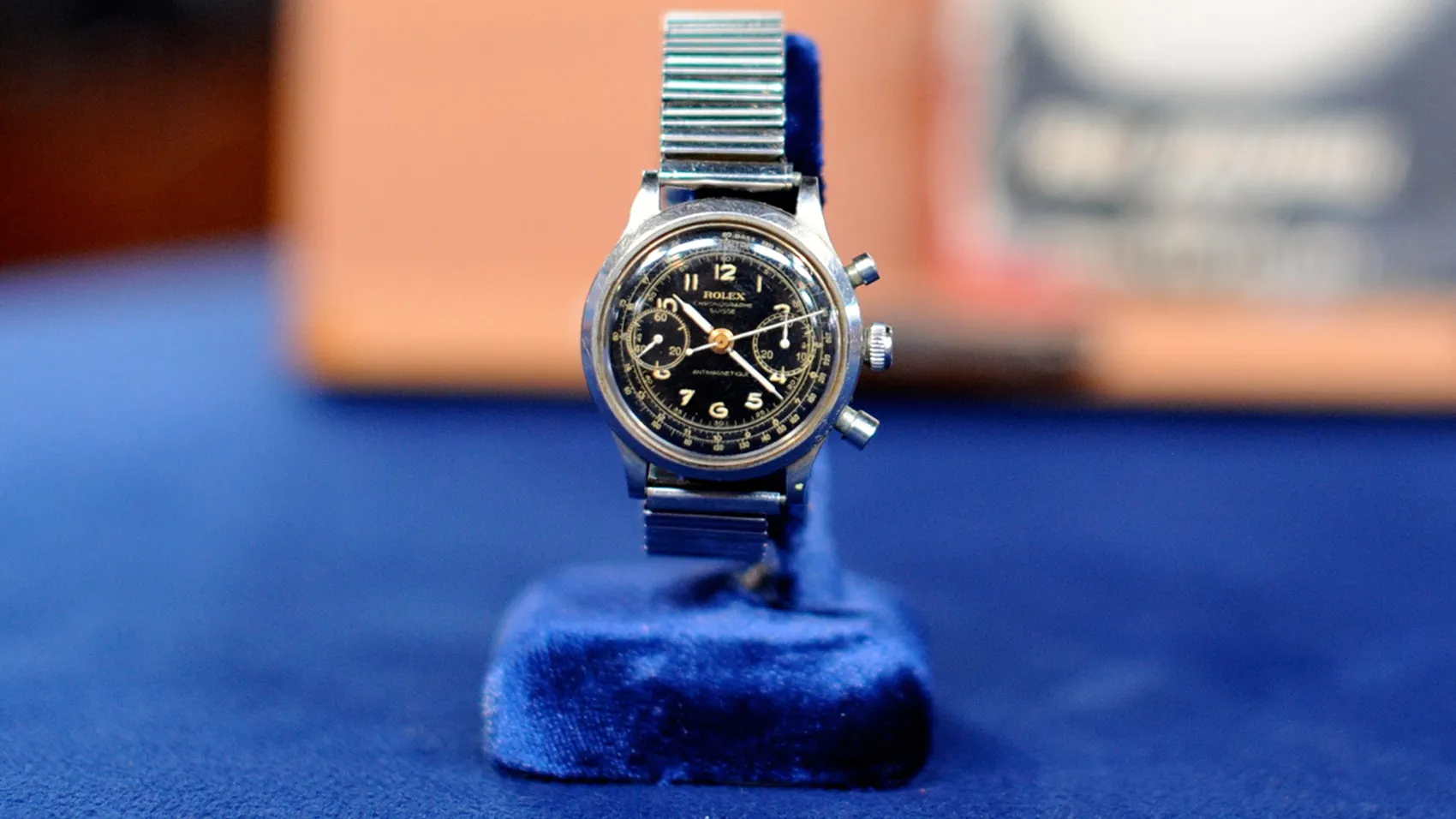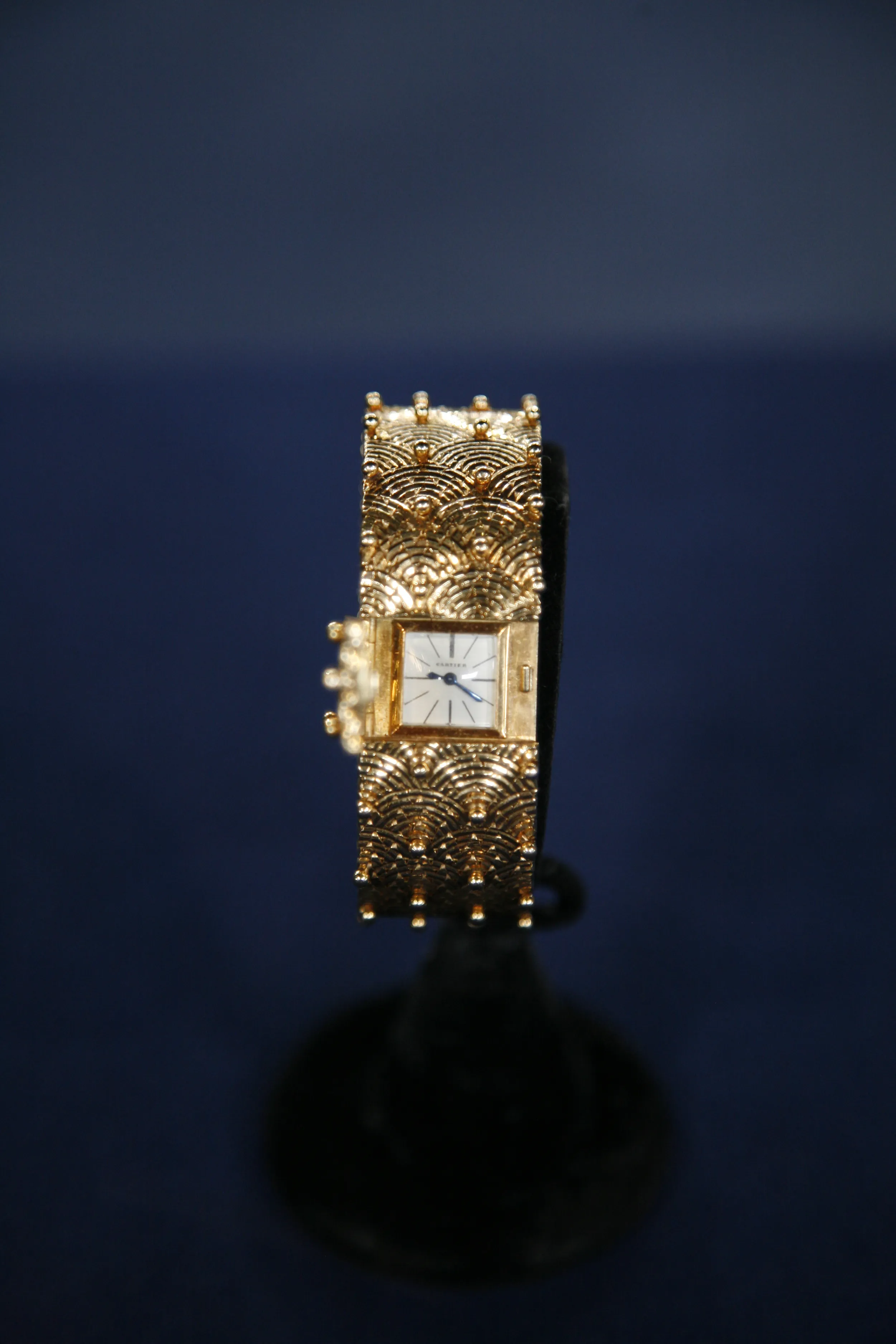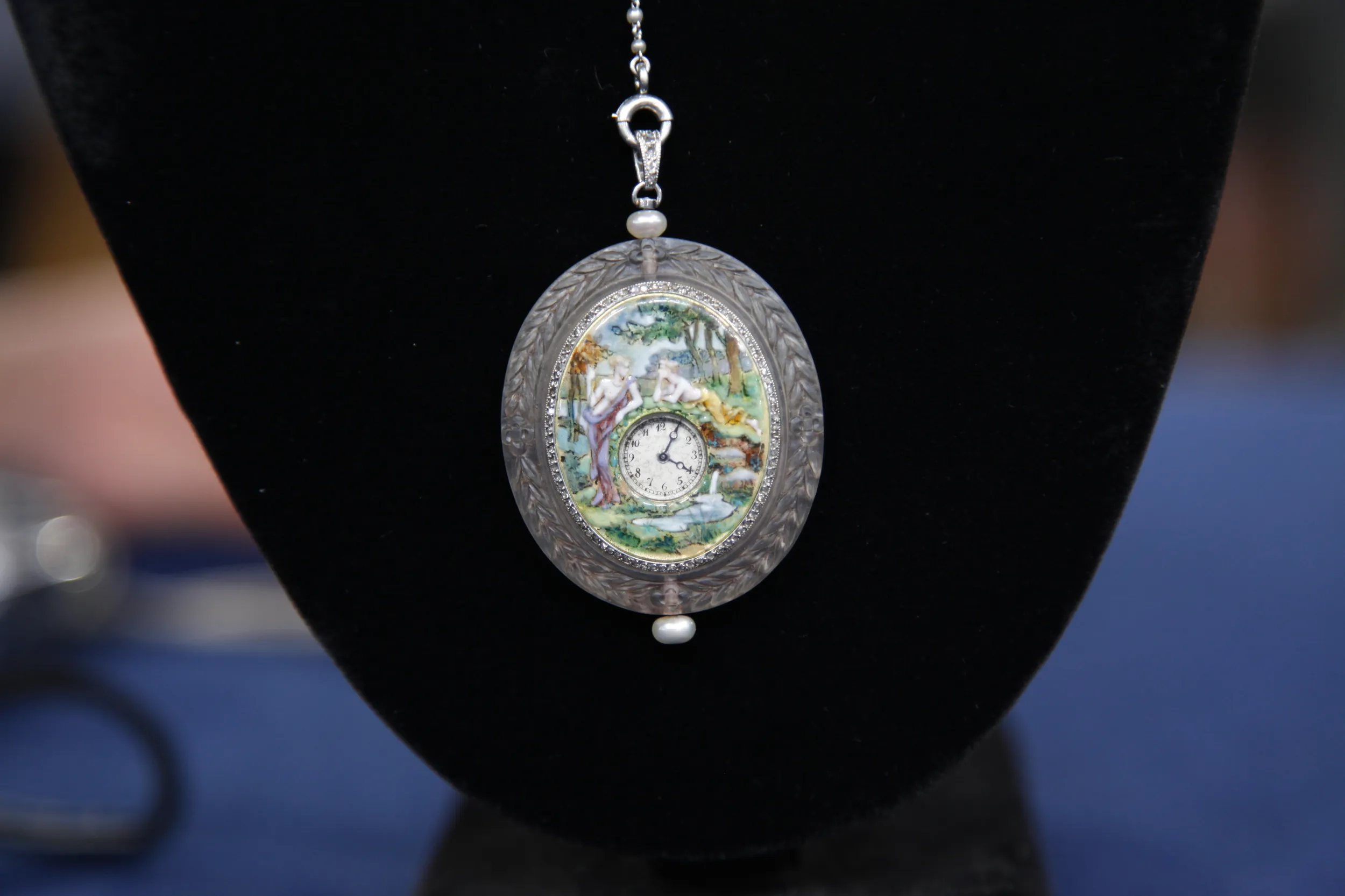GUEST: We had gone to Europe in 1958 to visit places that my father had known when he was a child, and we were shopping in Geneva, in Switzerland. And we saw this watch in the window of a watch shop. We all admired it, and then we left. And my father secretly went back and bought the watch and gave it to my mother for Christmas. It was a nice surprise.
APPRAISER: Wow.
GUEST: And we all recognized it. We all said, "Oh, that beautiful watch!" (chuckles) I don't wear it very much, because I'm just not used to dressing up with jewelry a lot. But my mother was, and I can picture it on her arm. It's simple, but it's beautiful.
APPRAISER: And that was 1958?
GUEST: '58 or '59.
APPRAISER: Uh-huh.
GUEST: We were there both summers, in Europe.
APPRAISER: The watch, at first glance, looks like a golden diamond bracelet. The most interesting part is that the watch was made by Rolex.
GUEST: Mm-hmm.
APPRAISER: So Rolex has always been noted as, as a waterproof watch, a diver's watch, the Oyster Perpetuals. But Rolex did, especially in the '50s and '60s...
GUEST: Ah!
APPRAISER: ...they did-- mainly for distribution in Europe, not so much the United States-- they made, and had contracted to be made, lots of very wild and really designer and just great-looking ladies' fashion pieces. I'll show you how-- of course, you know how it works. When you open it up here and here, there is a manual wind Rolex watch in the center. And when we measured it, it's six-and-a-half inches. Standard is about six-and-three-quarter to seven. So it's possible that one link had been taken out. But it seems to have, uh, fit you fine, and it seems to fit most people.
GUEST: Yes.
APPRAISER: The watch then, also, it's on a hinge, and it comes back up.
GUEST: It made it easier to wind, wind it.
APPRAISER: To be able to wind it.
GUEST: Yeah, 'cause I...
APPRAISER: Otherwise you'd never be able to wind.
GUEST: Yes, exactly.
APPRAISER: So that was for the winding, and then that cover. So it just becomes a absolutely beautiful piece of jewelry that could be worn as a watch or just as a bracelet.
GUEST: Yes.
APPRAISER: The engraving is all completely done by hand. It's some type of stylized leaves. It's all 18-karat. Rolex always used the highest quality of material in all of their watches.
GUEST: Mm-hmm.
APPRAISER: So the diamonds by today's standards would probably be a F to G in color and a VVS in clarity. And there's approximately two-thirds of a carat of diamonds in the top of the bracelet.
GUEST: Okay.
APPRAISER: The 18-karat gold is very thick, it has a very good gauge to it. Rolex was noted for that small movement.
GUEST: Oh, was it, really?
APPRAISER: That, that was the movement that they did in a lot of their fashion pieces.
GUEST: I think that when you look at it, you think, "Oh, my gosh, that's so expensive." But when we were in Switzerland in 1958, gold was $32 an ounce. (laughs)
APPRAISER: An ounce!
GUEST: I mean, it wasn't anything-- I don't, I don't even know what gold is worth now, but it's...
APPRAISER: Right now, it's $1,740 an ounce.
GUEST: Wow, and so the difference between that for...
APPRAISER: It's a big difference, yes.
GUEST: Yeah.
APPRAISER: Do you have any idea what your dad paid for it back in '58 or '59?
GUEST: I was maybe 13 or 14 years old, and money wasn't...
APPRAISER: You didn't care. (both laughing)
GUEST: ...my main interest.
APPRAISER: Generally speaking, it probably would have been somewhere in the $500 to $700 price range. In 2022, in the retail market, this watch would probably be priced somewhere between $12,000 and $15,000.
GUEST: Wow! I thought it would be $1,000. Something like that! (both laugh) I don't buy jewelry.
APPRAISER: Each link's $1,000. (laughing)
GUEST: Yeah, right. Wow! (laughs)


